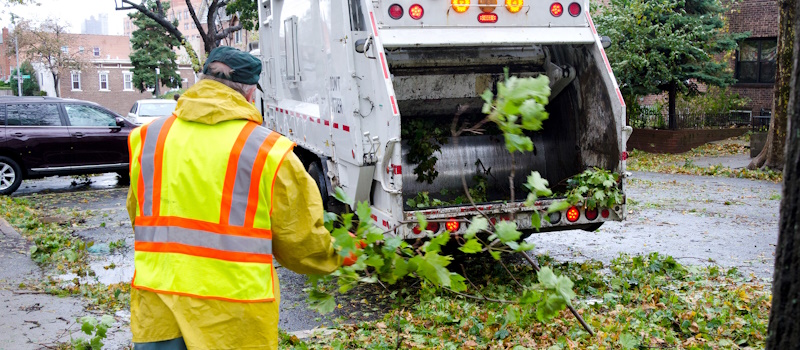Safety Checklist for After a Hurricane Hits Your Area
Safety Checklist for After a Hurricane Hits Your Area

Safety Checklist for After a Hurricane Hits Your Area
Some hurricanes are much more destructive than others. According to the NOAA Office for Coastal Management, there were two hurricanes (Nicholas and Ida) and two tropical storms (Fred and Elsa) that hit the U.S. in 2021 and caused over $1 billion in damages each.
If you are ever in the path of a storm and have to evacuate, you’ll probably want to get things back to normal as quickly as possible. However, before you start, check out this safety post-hurricane cleanup checklist.
Stay Alert for Hazards
When returning after a storm, it’s important to look out for hazards and threats you are likely to encounter. Pay close attention to your surroundings before taking any actions to record damage, start cleaning, or make repairs.
Floodwater
When returning home after a hurricane, be cautious of standing floodwater. It may contain debris, chemicals, and pathogens that pose health risks. Avoid contact with floodwater and ensure proper disinfection and cleaning if you must interact with it.
Downed Lines
Stay vigilant for downed power lines when assessing the damage after a hurricane. Always assume that power lines are live and dangerous. Maintain a safe distance and report downed lines to the authorities to prevent accidents and electrocution.
Blocked Roads
Navigating blocked roads can be hazardous after a hurricane. Fallen trees, debris, and floodwater can impede travel and pose safety risks. Avoid attempting to clear roadways yourself and follow instructions from local authorities regarding safe routes.
Broken Items
While surveying your property after a hurricane, be cautious of broken items and debris. Sharp or jagged materials can cause injuries. Wear appropriate protective gear and handle debris carefully to avoid accidents.
Structural Issues
Inspect your home for structural damage caused by the hurricane's force. Look for cracks, leaning walls, or compromised foundations. Do not enter a structurally unsound building, as it could collapse. Seek professional assessment and assistance for necessary repairs.
Assess Damage
Once you’ve made sure the scene is safe enough to enter, you’ll need to take careful stock of any damage and do some preliminary cleanup.
Document Damage
Take photographs or videos of the damage (both inside and outside your home) for insurance purposes. Clear documentation can help streamline the claims process if you need to file a claim with your insurance company for damages.
Check for Leaks and Water Damage
Inspect your home for any signs of leaks or water damage, including water stains, wet spots, or a musty smell. Be sure to treat water damage of any kind that could cause mold or rot issues. Also, pay close attention to the smell of anything questionable—like gas or smoke—as things start to turn back on. Check your smoke detectors and carbon monoxide alarms to ensure they are still in proper working order.
Prevent Further Damage
If your home has experienced damage to windows, doors, or the roof, take temporary measures to secure your property from further exposure to the elements. You may need to cover broken windows or roof issues with boards or tarps to prevent water damage while you wait on repairs.
Dispose of Spoiled Food
Check your refrigerator and pantry for spoiled food upon returning home after a hurricane. If the power was out for an extended period, perishable items might have gone bad, potentially causing illness if consumed. Discard questionable food and sanitize the affected areas to prevent contamination.
